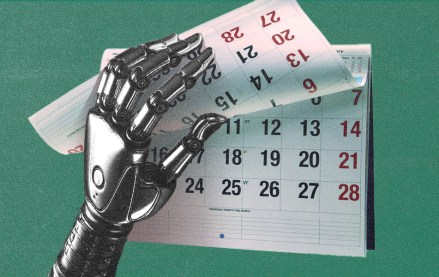Register by Jan 13 to save on passes and connect with marketers from Uber, Bose and more
Why Shortlist Media is holding off on first-price programmatic ad auctions
Shortlist Media, which publishes weekly, free city magazines Stylist and ShortList, has gone cold on the idea of moving to first-price auctions after talking at length to the buy side of the market.
The publisher planned to introduce first-price auction capabilities to its ad tech stack, which it started rebuilding about four months ago. The publisher approached its top 30 ad agency buyers to ask if they were interested in moving to first-price auction-based bidding. But of those 30, only two were willing to bid in first-price auctions, according to David Hayter, programmatic director of Shortlist Media. Reasons for buyer reluctance: the operational headache of having to switch from the second-price method that’s been used for years. Changing to first-price would mean they’d need to reassess overall campaign strategy.
“Some buyers were telling us that when they came across first auction, they were just turning those publishers and exchanges off,” he said.
Instead, Shortlist Media is betting on a different method, which is more of a middle ground between first- and second-price auctions. This model would involve exchanges pushing their first-price options into the wrapper where the auction occurs, then allowing the bid to close on the second price. For example, if two separate exchanges passed first-price bids of £8.50 ($11.22) and £10 ($13.20) into the wrapper, the winning bid would then close at £8.51 ($11.23). But the initial bids would have been higher than if all were done off second-price.
Shortlist Media is talking to its tech partners about being able to implement this method. Hayter said they predict that using this method will help them gain yield increases of up to 12 percent.
“It’ll be a bit of a leap of faith from exchanges to pass their first prices through, and they’ll have to trust each other to close the auction fairly,” said Hayter. “But it’s more likely than buyers adopting first prices at the moment.”
Hayter said the promise of revenue spikes from the shift to first-price auctions is oversold. In fact, he believes the only reason for a short-term lift would be if buyers aren’t aware they’re bidding in a first-price auction. Once they realize it is not a second-price bidding scenario, they’ll redirect their spend elsewhere, he added.
“You’ll get people who will continue to test it blindly, without talking to the buy side,” said Hayter. “But the legs will fall out of it once someone fully adopts it. They’ll find most of their budgets will be optimized away from them.”
More in Media

Why publishers are building their own creator networks
Publishers are forming creator networks to regain control, combat traffic declines, and reach audiences shifting toward influencers.

The accidental guardian: How Cloudflare’s Matthew Prince became publishing’s unexpected defender
Cloudflare’s day job is fending off botnets and nation-state cyberattacks, not debating how Google and other AI firms crawl publisher sites.

A timeline of the major deals between publishers and AI tech companies in 2025
Here’s a list of all the major deals signed between publishers and AI tech companies in 2025.








